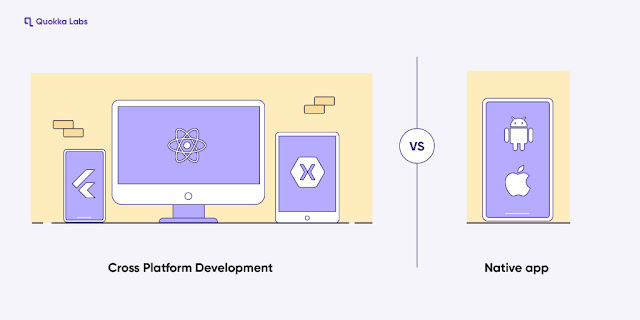Mobile App Development Cost: 8 Factors You Need to Consider
1. Platform Selection:
Choosing between iOS, Android, or both significantly influences development costs. Each platform has its unique requirements, design guidelines, and development frameworks, affecting the time and resources needed.2. App Complexity:
The complexity of your app, including its features, functionalities, and integrations, directly impacts development costs. Simple informational apps cost less, while complex applications with advanced features demand more resources and, consequently, a higher budget.3. User Interface (UI) and User Experience (UX) Design:
A visually appealing and intuitive UI/UX design is crucial for engaging users and driving conversions. Investing in high-quality design enhances user satisfaction but also adds to development costs.4. Backend Development:
While users interact with the frontend, the backend infrastructure powers the app's functionality. Factors like server setup, database integration, and scalability requirements influence backend development costs.5. Integration with Third-Party Services:
Integrating your app with third-party services like payment gateways, social media platforms, or analytics tools enhances functionality but adds complexity and costs to the development process.
6. Security Measures:
Ensuring the security of user data is paramount in today's digital age. Implementing robust security measures, such as data encryption, secure authentication, and compliance with industry regulations, adds to development costs but is essential for safeguarding user trust.7. Maintenance and Updates:
Building the app is just the beginning; ongoing maintenance and updates are necessary to keep it relevant and secure. Budgeting for regular maintenance, bug fixes, and feature enhancements is essential for the long-term success of your app.8. Geographic Location of Development Team:
The location of your development team can significantly impact costs due to variations in labor rates and overhead expenses. Offshore development teams may offer cost savings compared to local agencies, but communication and time zone differences should be considered.FAQs:
Q: Can I reduce costs by opting for a template-based app development approach?A: While templates can lower initial costs, they often lack customization and may not meet your unique requirements. Custom development offers greater flexibility and scalability but comes at a higher price.
Q: Are there any hidden costs associated with app development?
A: Yes, factors like app store fees, maintenance expenses, and post-launch marketing efforts are often overlooked but can significantly impact the overall cost of app development.
.png)



Comments
Post a Comment